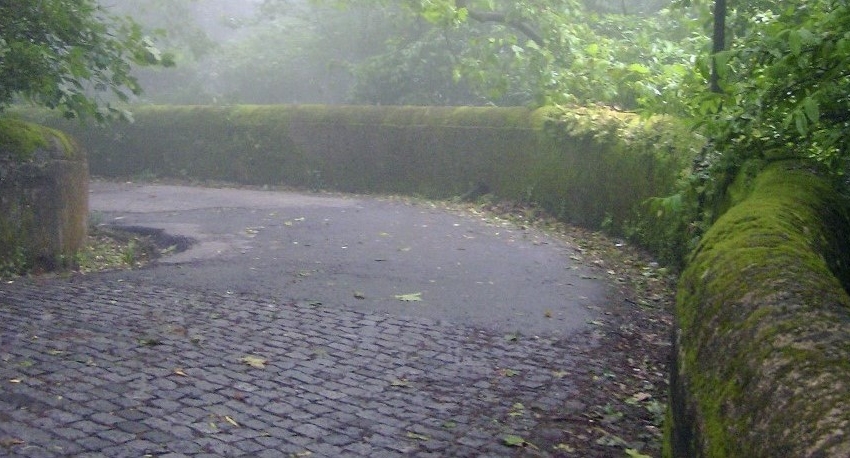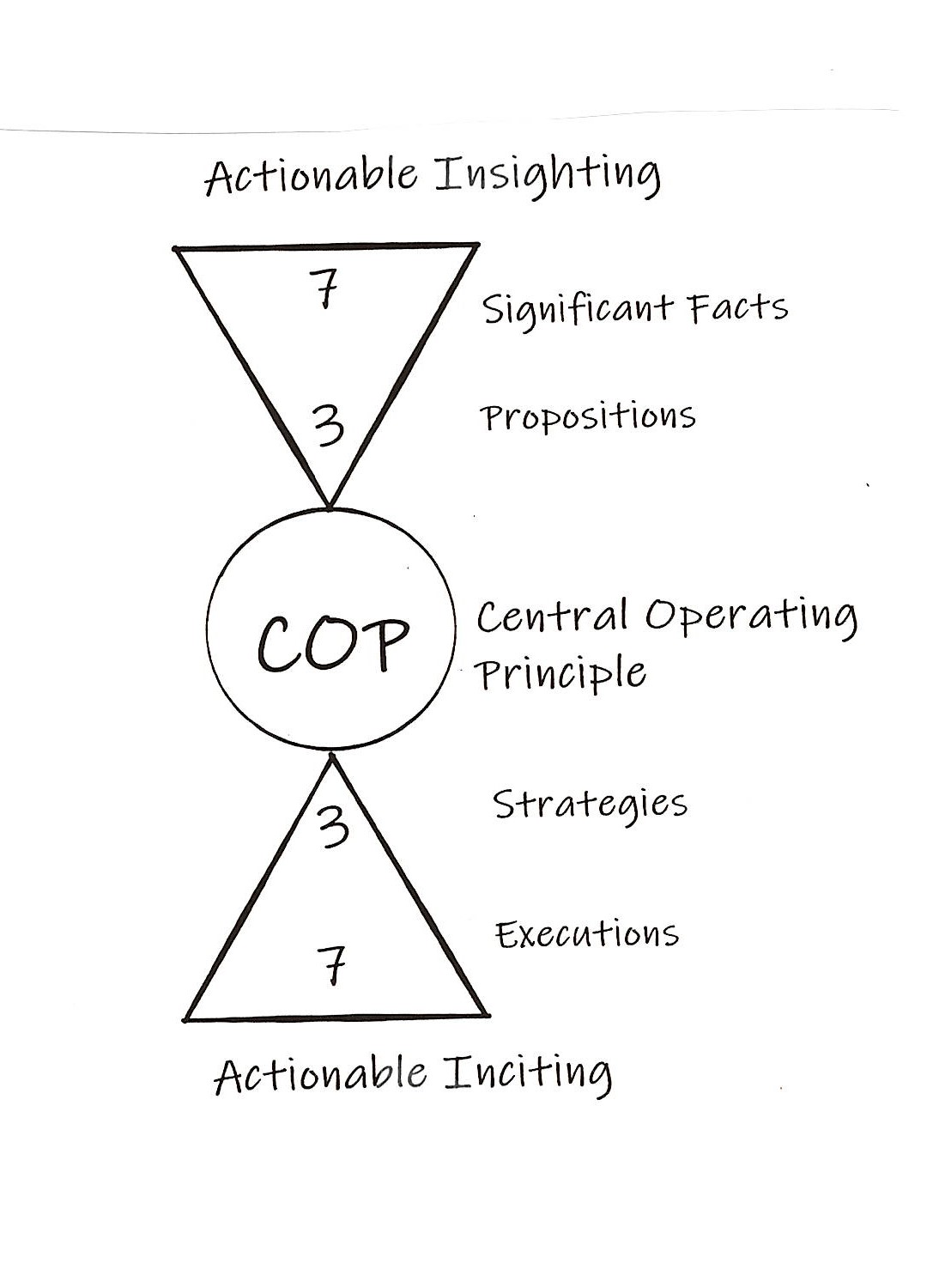
This Form is a tangible expression of E.F. Schumacher’s principle of simplification as the antidote to complexity. It also sets the stage for how we are going to get from “a lot to consider” to a brilliantly simple solution…. seamlessly. There is an old adage that goes: ““Tell ‘em what you’re gonna tell ‘em. Tell ‘em. Then tell ‘em what you told ‘em.” Our form does that in the simplest visual terms imaginable. It also frames what success will look like for the exercise.
We all appreciate that it’s easier to figure out the answers when you have the answer key. Equally, it is easier to figure out the questions when you have the question key. This is our question key. The Form is the universal question key on the basis of which Thinking Whole and Thinking Whole do their “magic.” The first thing you should know is that the two triangles and the circle represent three distinct, and contributive “chunks” of Thinking Whole and map the sequence in which they will help the team progress to success.
The inverted triangle at the top is about the chunk we call Actionable Insighting. The circle in the middle is what we call the crystallized Central Operating Principle. The standard triangle on the bottom is the chunk of Actionable Inciting. Inside each triangle, there are two additional chunks (“7” and “3”):


















